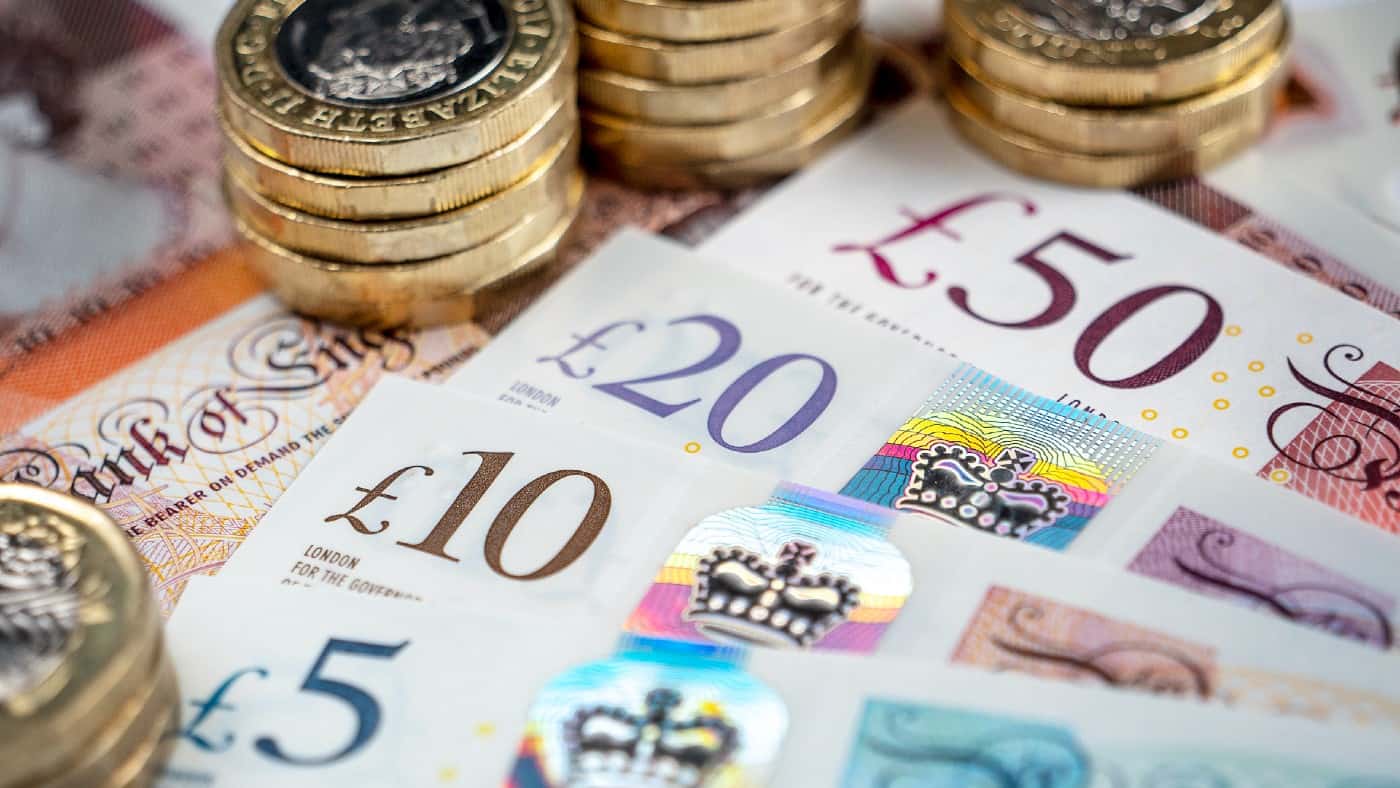
Image source: Getty Images
Passive income is sometimes associated with weird business ideas and improbable schemes. My own approach is more mundane — but it works.
I invest money in blue-chip companies with proven business models I hope can pay me passive income in the form of dividends.
Taking a long-term approach, that can be very lucrative. If I had a spare £20,000 today, here is how I would use it to try and earn almost £1k each month, on average, in dividends.
Getting ready to buy shares
My first move would be setting up an account I could put the £20k in time to start buying shares.
There are lots of choices available, so I would take time to decide what share-dealing account or Stocks and Shares ISA seemed the best match for my own needs.
I still would not invest just yet though. I would first take time to learn a bit more about how the stock market works.
Building a dividend share portfolio
The next step on my passive income journey would be to start buying shares. No matter how carefully I choose, the unexpected can happen. So I would split the £20k evenly over five to 10 different shares, something known as diversification.
I would not focus on finding shares with the highest dividend. After all, dividends are never guaranteed.
For example, my Vodafone shares have a dividend yield of 10.7%, ordinarily meaning I should hopefully earn £10.70 in dividends for each £100 I invested at today’s share price. But the telecoms giant has announced plans to halve its dividend.
When hunting for possible passive income streams in the stock market, I look for great companies selling at an attractive price that I think ought to generate sizeable free cash flows they can use to fund dividends.
One share I’m eyeing
As an example, consider Legal & General (LSE: LGEN), a share I would happily add to my portfolio if I had spare cash available.
The FTSE 100 financial services giant operates in an area that I expect to see both significant and robust long-term demand. Its large customer base, strong brand and expertise in fund management all help contribute to its business success and I think could well keep doing so.
The business is solidly profitable and generates sizeable cash flows. Its dividend yield is 8.1%.
Not everyone in the City seems convinced. While the yield is attractive, the share price has fallen 7% in the past five years. One risk I see the firm facing is any sudden market downturn leading clients to pulling out funds and hurting its profits.
Having a target
On balance though, Legal & General is the sort of dividend share I would happily own.
Still, even if my diversified portfolio yielded 8% (over double the FTSE 100 average), my annual passive income would be £1,600. That is far off my target.
But if I reinvested my dividends, I could hopefully hit my target. That is known as compounding. Compounding at 8% annually, after 26 years I ought to be earning over £980 monthly in passive income!
If I did not want to wait that long, I could start earning passive income much sooner but at a lower level.













